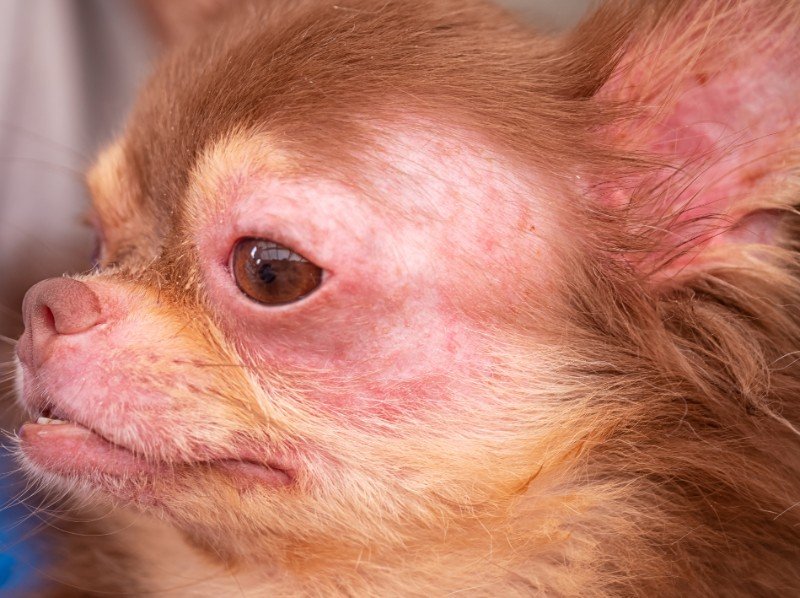
Happy Tail Syndrome in Dogs

A dog’s tail is their “stamp” on the world. It can communicate joy, fear, uncertainty, or confidence. It is part of their identity.
So what’s a pet to do when their tail is hurt? Tail injuries can be difficult and frustrating to manage. West Park Animal Hospital is happy to help fix tails whenever we can, but happy tail syndrome in dogs can be quite the conundrum.
When Good Tails Wag Bad
A dog’s tail has 20 vertebrae (although some breeds with short tails have less) and can pack a pretty good wallop. Happy tail syndrome in dogs occurs when this strong tail repeatedly hits solid objects with force during a wagging session, resulting in the thin skin of the tail splitting open.
You would think that this injury would be enough to stop even the happiest tail in its tracks, but alas this is not usually the end of it. The over-exuberant appendage typically continues to wag, leaving blood splatters behind. Happy tail syndrome can make it look like Dexter just paid a visit.
Obviously breeds with short or curly tails are unlikely to experience happy tail syndrome. Breeds with long tails and overzealous personalities such as Labradors, Pitbulls, and hunting breeds tend to be most affected.
Treating Happy Tail Syndrome in Dogs
While happy tail syndrome in dogs may have a cute-sounding name, it is not something you want your pet to have. If you suspect your pet may be affected, call us right away. The sooner we intervene, the better.
Treatment success rests solely on the ability to allow the tail enough protection and time to heal before the next whack occurs. This is easier said than done!
Treatment of happy tail may involve:
- Bandaging the tail (allow us to help, as this can be difficult to do correctly)
- The use of laser therapy treatments to speed healing
- Antibiotics if infection occurs
- Mild sedatives to decrease activity and allow healing
- The use of an Elizabethan collar (cone collar) to help maintain a bandage
- Surgical closure of the skin split in some situations
- Surgical amputation of the affected part of the tail if healing is unsuccessful
Happy tail syndrome in dogs can try the patience of any pet owner, as well as the veterinarian treating it. Many can take upwards of a month to heal. Our professional staff has the experience and perseverance to achieve good outcomes, and together we can fix your pet’s happy tail!
The post Happy Tail Syndrome in Dogs appeared first on West Park Animal Hospital Blog.




















